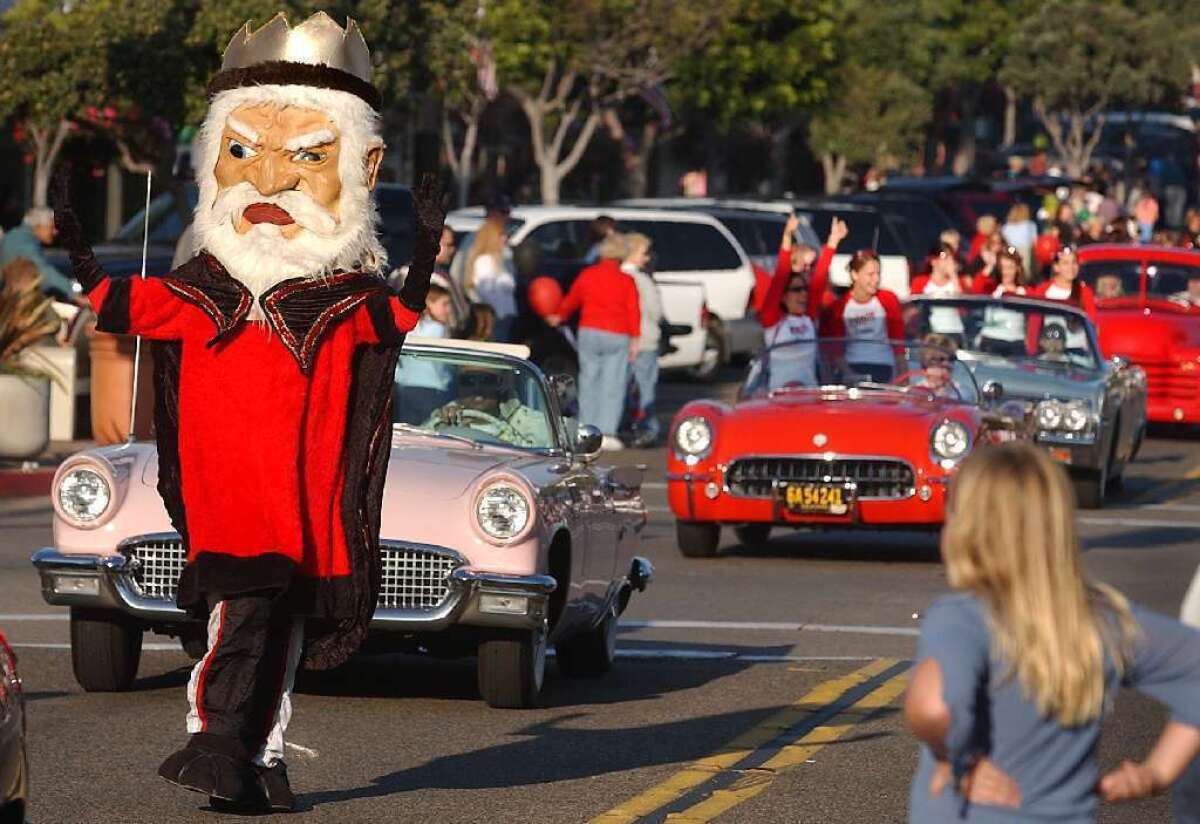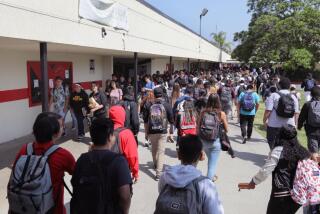Even popular kids are bullied in high school, researchers find

- Share via
Only the prom king and queen are safe.
Researchers say that the more popular teens are – except for those at the very apex of the fragile high school hierarchy – the more likely they are to be bullied, perhaps a surprise to people who presumed outcasts were the exclusive targets.
Researchers Robert Faris of UC Davis and Diane Felmlee of Penn State University write that traditional, everyday views of bullying – reported by nearly a fifth of teens – tell less than the whole story. “For most students, gains in status increase the likelihood of victimization and the severity of its consequences,” they wrote in the journal of the American Sociological Assn.
The aggressors, too, often “posses strong social skills,” and bully others to move up the social ladder rather than to “reenact their own troubled home lives.”
So while the uppermost teens on the social scale can “afford” to be nice, those in the next tier have to keep themselves there, Faris said Tuesday.
He and Felmlee looked at how status can increase the chances of being a victim and how it can magnify the distress caused, which can include depression, anxiety and suicidal thoughts.
They wrote that “the ways in which status can increase risk have been largely ignored and we identify a new pattern of victimization,” which they call “instrumental targeting.” And it can work, they said. “Evidence suggests that aggressors’ campaigns of harassment and abuse are rewarded with increased prestige … particularly when they target socially prominent rivals.”
Perhaps it shouldn’t be a surprise that popular kids get targeted: If the tormentor is aiming to raise his or her own status, “targeting prominent rivals makes strategic sense,” the researchers wrote. And for high-status victims, the fall can be more drastic.
To sort this out, the researchers used data from more than 8,000 students in 19 North Carolina schools about their five closest friends and five students who had “picked on or were mean” to them, and five they in turn had been mean to. They used that web of connections to draw their conclusions.
In that group, about half the students were white and a third African American. Most lived with two parents. The average student was harassed by 0.72 students during the spring term, but among victims, the average number of attackers was 2.2. Girls had higher rates of victimization. The researchers noted that there could be differences in other populations.
Some students found protection; being friends with teens of the opposite gender provided some shield.
The researchers don’t suggest that outcast teens of various sorts don’t get bullied – only that theirs is not the whole story.
Faris also said that there was a message in the research for teenagers and their parents: It’s probably better to have a few close friends than 200 Facebook friends. In addition, the “drama” that’s often discussed about adolescent relationships might be taken more seriously – by students and parents, he said.
And many students, Faris said, don’t see what’s happening “as bullying and they may be sort of like fish in water and accustomed to having a lot of drama around them.”
The students don’t see what the researchers do: “We have very precise measures of the status and we have access to the social map of the school. We can assign a score to each kid. … The kids don’t have access to that degree of precision.”
Twitter: @mmacvean







